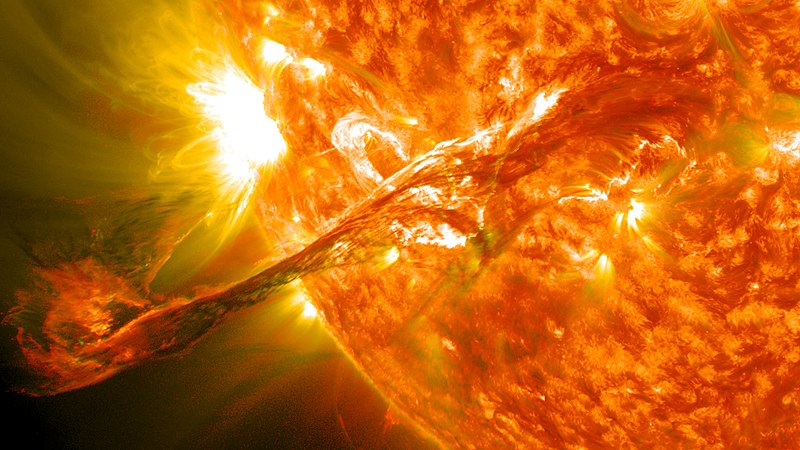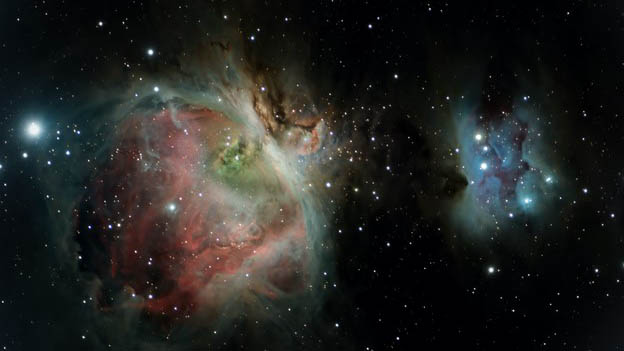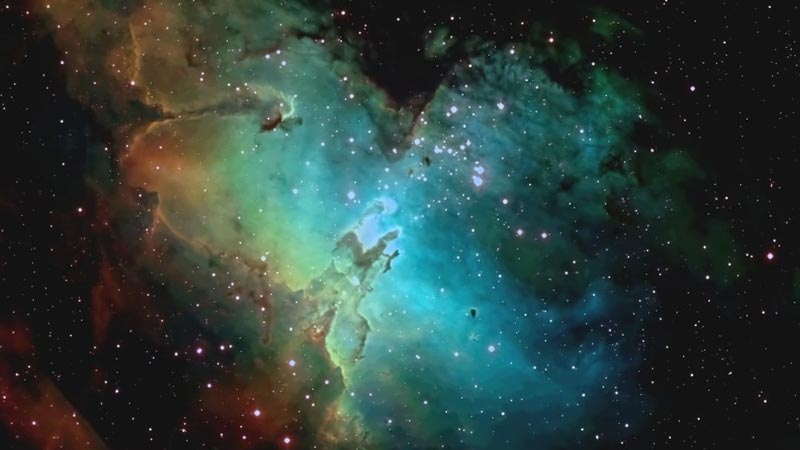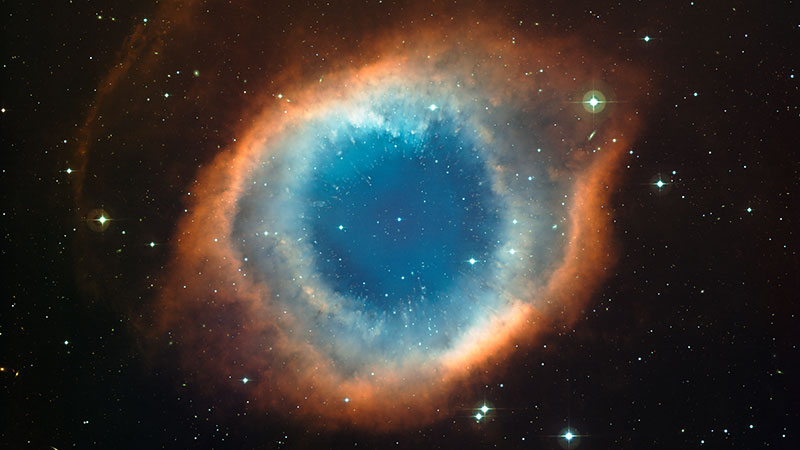Table of Contents

NASA Solar System Ambassador,
Astronomical League Master of Outreach,
Cruise ship speaker on Astronomy & space science,
Amateur astronomer and photographer for 50 years
The Sun can be safely viewed through a telescope only if you have the appropriate filters. In this article we’ll compare what you can see with different types of filters. Remember – never look directly at the Sun with your naked eye!

Chromosphere vs Photosphere

The Photosphere is the visible surface layer of the Sun. The Chromosphere is the layer of the Sun immediately on top of the Photosphere. It is normally invisible unless you have instruments sensitive to a very specific wavelength (656.3nm, the wavelength of light emitted by hydrogen atoms when their electrons make a transition from the n=3 to the n=2 level). This is the ‘hydrogen alpha’ wavelength. The chromosphere includes many fascinating features invisible in a broadband filter, including solar prominences, filaments, spicules, and active regions.
White light viewing of the Sun
The Sun produces a staggering 400 trillion trillion watts of energy every second. And it is emitting that energy in many wavelengths, from infrared to visual through ultraviolet and beyond. When viewing the Sun with a broadband filter you will be looking at the Sun’s photosphere. You can see sunspots, faculae, and granulation. With sunspots, you’ll the umbra (dark core) and prenumbra (hotter surrounding region). Faculae are hot regions while granulation are 1000 mile wide hot plasma bubbles that last about 10-20 minutes before being replaced from below.


Broadband filters
A broadband filter is designed to attenuate all wavelengths and pass just 0.1% or less of the light through to the eyepiece. You can either mount the filter on the objective of the telescope, or else use a Herschel wedge to replace your diagonal. Never use a screw on “Sun” filter on your eyepiece as your only solar filter. These can overheat and crack, instantly blinding the observer.
Objective mounted broadband filters can be glass or mylar. You may see the Sun in blue, yellow, orange, white or other colors.
A Herschel wedge is designed to block >95% of the light and all UV/IR wavelengths. The remaining light then passes through a neutral density filter and sometimes a polarizing filter to reduce the light intensity to safe levels. Herschel wedges are only used with refractors.
Hydrogen alpha viewing of the Sun
It is far more difficult to make a hydrogen alpha filter than a broadband filter, and for these reasons they are much more expensive. A solar telescope capable of hydrogen alpha viewing must not only attenuate the strong light from the Sun, but notch out every wavelength except 656.3nm. Hydrogen Alpha filters have a bandpass range from 0.5Å to 1Å (Å = Angstrom) where 1Å is 0.1nm.
Looking through the eyepiece at a hydrogen alpha view can be breathtaking; there is a wealth of detail visible to the discerning observer. And the Sun is the only target in astronomy that looks different every time you look at it.
Solar photography usually involves monochromatic cameras such that images are in black and white. Color is added in post processing.

large solar prominence, filaments, active regions.

Filaments, spicules and prominences

Solar observing with the right equipment is fun and rewarding. The Sun goes through an 11 year cycle, and we are approaching solar maximum which will happen in 2025. Then, we expect to see much more solar activity, more sunspots, more solar flares, more surface activity in general. If you’re at all interested in solar observing, now is a good time to check it out!
Notes:
All photos taken by the author with either a Lunt MT100 universal telescope or a TEC140ED telescope
References:
- Cover Image: Magnificent CME Erupts on the Sun. This Image is licensed under the Creative Commons Attribution 2.0 Generic license. https://en.wikipedia.org/wiki/File:Magnificent_CME_Erupts_on_the_Sun_-_August_31.jpg
- The structure of the Sun. This image is licensed under the Creative Commons Attribution-Share Alike 3.0 Unported license. https://en.wikipedia.org/wiki/File:Sun_poster.svg





